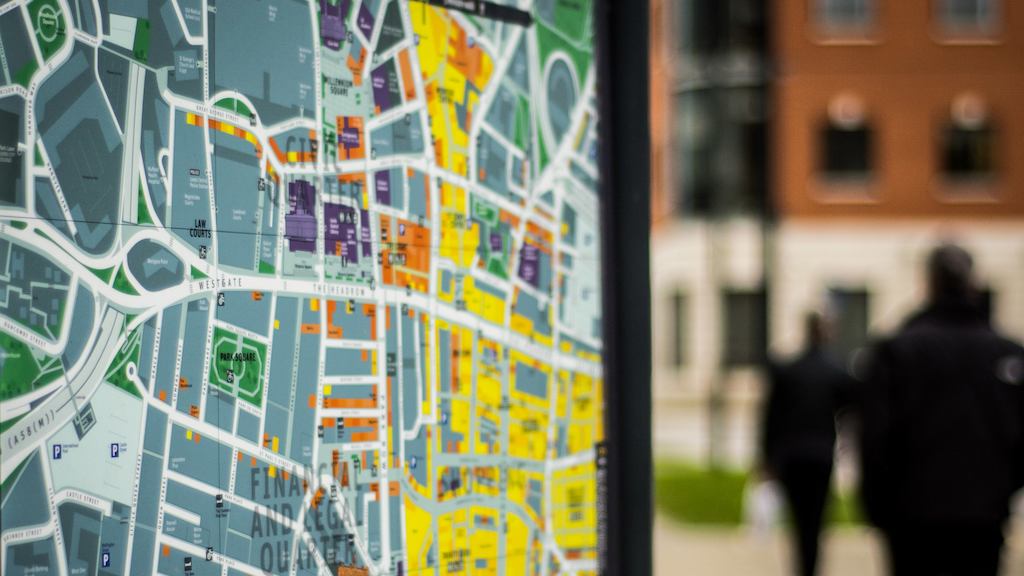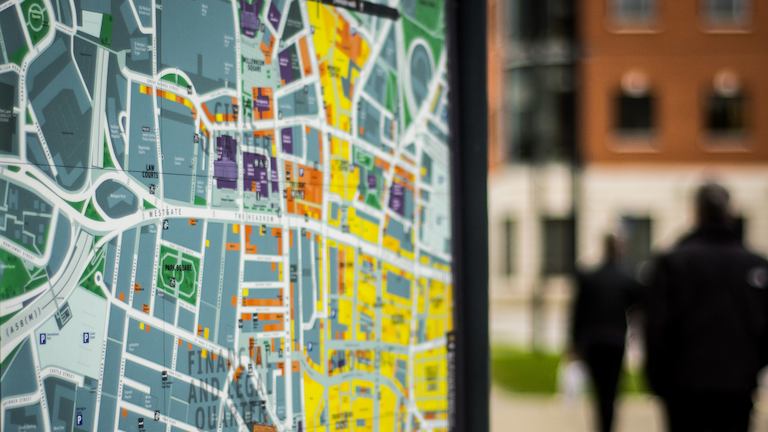'People smile when you mention the Bedminster Toilet Map, and then you can see them realise it’s not a silly idea at all.’ So said one of our mappers nearly ten years ago when we published our first edition.
The idea arose from a discussion at the Bedminster Older Peoples’ Forum. National research had found that some people were afraid to leave their house if they were unsure of finding a toilet: an invisible disability and a cause of social isolation and distress. Public toilet provision in our neighbourhood has always been poor and now austerity has forced Bristol City Council to close all of the city’s toilets.
When we started the map, a few of us visited local community buildings, pubs and cafes and asked if they would be happy to be on a map. We explained that some people are confident enough to stroll in, have a pee and wander out without a purchase – but that others are less confident. We told traders that although people might not buy something that day, they might come back some other time or visit the trader next door.
Naturally, some traders said yes and others no. Some were concerned that they would be overwhelmed with toilet seekers and would face large extra bills for cleaning. Later conversations with traders suggested that that wasn’t really a problem and some businesses have appeared in every edition of the map. Our largest complaint came from someone who asked to be taken off map 2, but too late. Apparently, two people had had sex in his toilet and he blamed this on the maps recently left at the nearby library. To me, the connection between maps in a library and overwhelming passion seems flimsy at best.
Our first map showed 18 places, mainly in our shopping streets. A local charity funded the printing, but the design work was done for free by a graphic design student from the University of the West of England. We distributed the map and later versions via GP surgeries, the library and local cafes. Edition 1 was followed by other to take in the rise and fall of local businesses and we are now preparing edition 5. We’ve worked with three graphic design students- good work every time – and secured printing money from local charities, often health related. For edition 4, a local printer offered a double run if we included their logo. No brainer!



